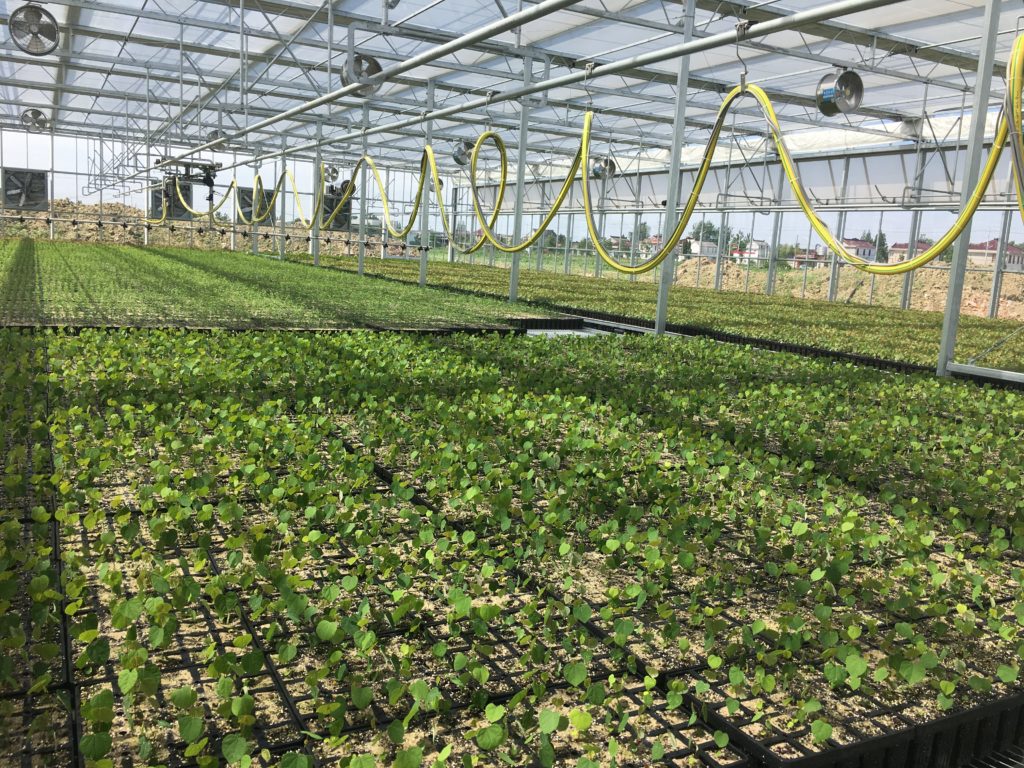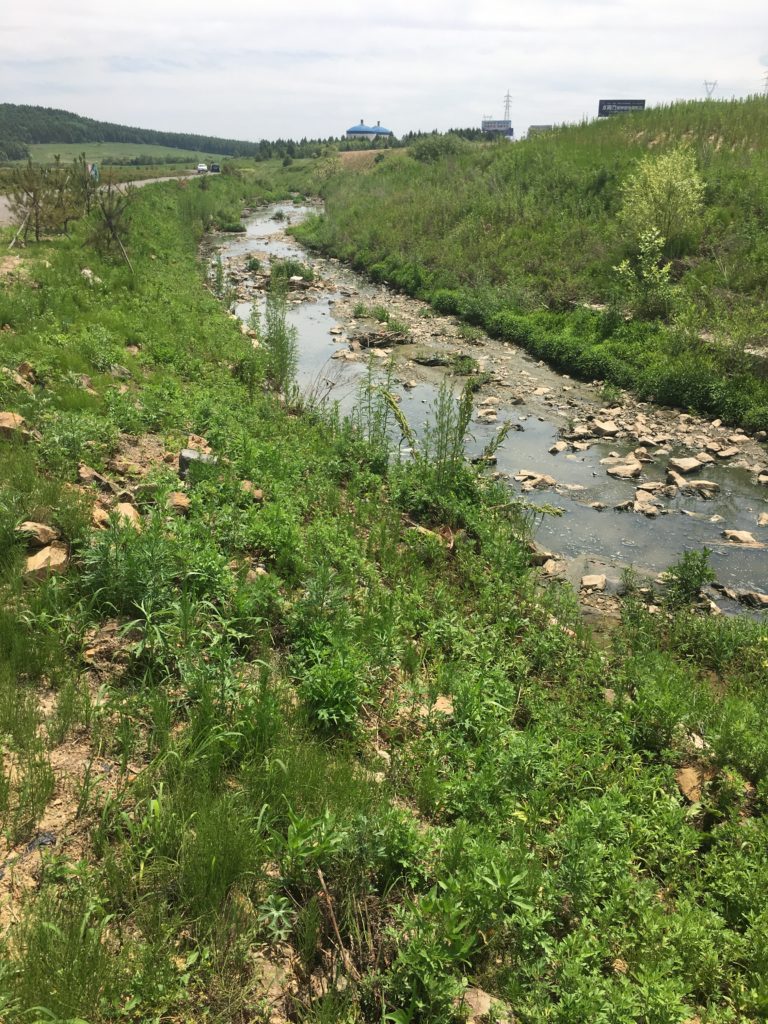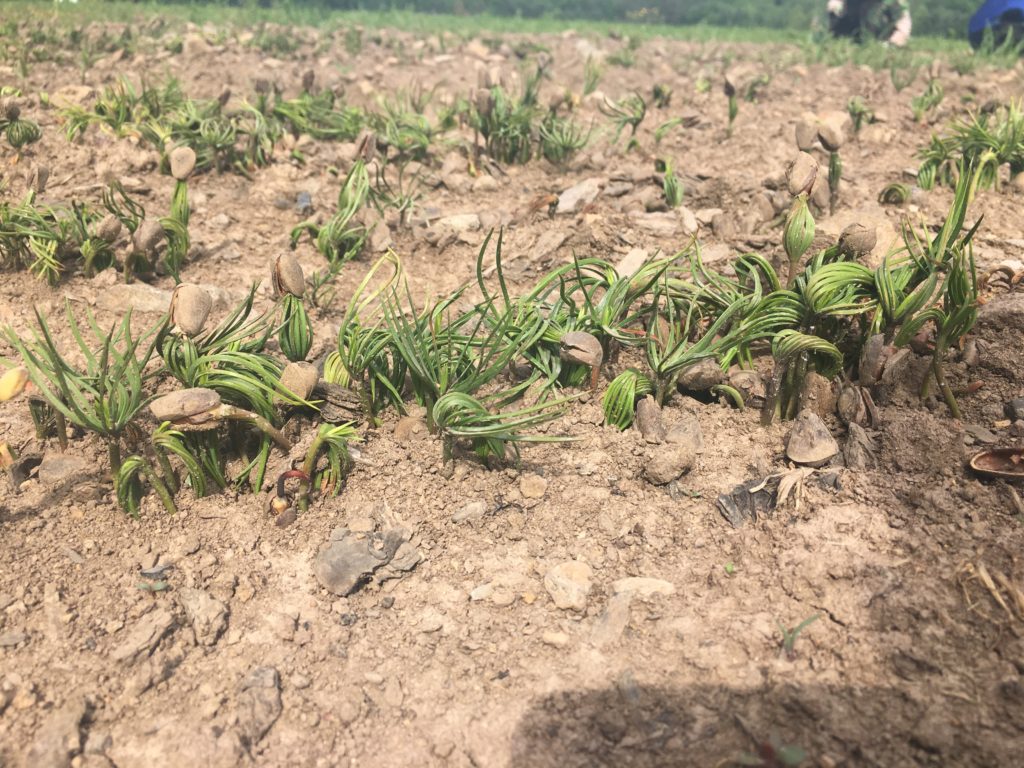Ten Golden Rules for Restoration to Optimize Carbon Sequestration
At Trella, we carefully plan our tree plantings. Our projects aren’t successful unless they capture carbon with positive impacts on biodiversity, landscapes and livelihoods. Poorly planned and executed tree projects lead to the opposite – increasing undesirable outcomes.
Ten golden rules put forward last year by Di Sacco & Hardwick promote practices to ensure that both carbon sequestration and biodiversity are maximized while livelihoods are improved. These rules consolidate deeper and complex methodologies put forward in the Open Standards for the Practice of Conservation v4.0 2020, International Principles and Standards for the Practice of Ecological Restoration (Gann et al., 2019), and International Principles and Standards for Native Seeds in Ecological Restoration (Pedrini & Dixon 2020). Taken together, these standards and approaches offer a comprehensive guide for best forest restoration standards and practices. Our projects are designed with these concepts and outcomes as our goals.

The Ten Golden Rules for Restoring Forests, and an example of Trella’s approach to each concept, are as follows:
- Protect existing forest first.
Before planning reforestation, always look for ways to protect existing forests, including old- and second-growth, degraded and planted forests.
During project design we survey potential sites to ensure that we are working in the most degraded areas and any existing forest or native plants available for natural regeneration are preserved.
- Work together.
Involve all stakeholders and make local people integral to the project.
We build relationships with local governments from the province to village level in the project area.
- Aim to maximize biodiversity recovery to meet multiple goals.
Restoring biodiversity facilitates other objectives – carbon sequestration, ecosystem services and socio-economic benefits.
Our projects start with a certain starting number of species, as determined after a series of site surveys to better understand the biodiversity factors of each specific site. Following these surveys, more species are added to reach the final project species list.
- Select appropriate areas for restoration.
Avoid previously non-forested lands, connect, or expand existing forest, and be aware of displacing activities that will cause deforestation elsewhere.
We practice reforestation; we don’t afforest or convert other ecosystems to forest. All our projects are on previously forested lands or sites permanently degraded from their earlier nondegraded ecological state.

- Use natural regeneration wherever possible.
Natural regeneration can be cheaper and more effective where site and landscape conditions are suitable.
Whenever possible, we allow natural regeneration to take place on our project sites. As this may only be possible for a small fraction of our project area, Rule 6 is our guide.
- Select species to maximize biodiversity.
Plant a mix of species, prioritize natives, favor mutualistic interactions, and exclude invasive species.
We plant mixed native species in our projects. We don’t plant monocultures or stands with reduced genetics. We work with our certified partners to source the best match to the planting site.
- Use resilient plant material.
Obtain seed or seedlings with appropriate genetic variability and provenance to maximize population resilience.
We use native species only and move our suppliers toward collecting appropriate genetic material. To ensure the genetic diversity of our forests, we follow the International Principles and Standards for Native Seeds in Ecological Restoration (Pedrini & Dixon 2020).
- Plan ahead for infrastructure, capacity, and seed supply.
From seed collection to tree planting, develop the required infrastructure, capacity, and seed supply system well in advance, if not available externally.
Trella certifies our partners’ seedlings to ensure our projects plant trees of the best genetic match and highest quality available. We work with our partners to match their methods to international best practices.
- Learn by doing.
Base restoration interventions on the best ecological evidence and indigenous knowledge. Monitor appropriate success indicators and use results for adaptive management.
Our projects are implemented with sample observation plots and surveys that monitor progress across the projects. Collected data is used to adjust and modify the project –from different species, planting density, planting after-care, worker training, cooperator certification practices, and more.
- Make it pay.
Develop diverse, sustainable income streams for a range of stakeholders, including carbon credits, NTFPs, ecotourism and marketable water sheds.
Our projects are designed to fit the needs of the local community while maximizing biodiversity and carbon sequestration. We build community appropriate mixes of carbon offset credits, agroforestry products and ecotourism to create, continue or increase income streams.

References
Di Sacco, A.; Hardwick, K.; Blakesley, D.; Brancalion, P. H. S.; Breman, E.; Rebola, E. C.; Chomba, S.; Dixon, K.; Elliott, S.; Ruyonga, G.; Shaw, K.; Smith, P.; Smith, R. J.; & Antonelli, A. (2021). Ten golden rules for reforestation to optimize carbon sequestration, biodiversity recovery and livelihood benefits. Global Change Biology, 27:1328-1348. https://doi.org/10.1111/gcb.15498
Open Standards for the Practice of Conservation v4.0 2020 Conservation Measures Partnership (CMP) Creative Commons Attribution ShareAlike 4.0 International License CMP-Open-Standards-for-the-Practice-of-Conservation-v4.0.pdf (conservationstandards.org)
Gann, G. D.; McDonald, T.; Walder, B.; Aronson, J.; Nelson, C. R.; Jonson, J.; Hallett, J. G.; Eisenberg, C.; Guariguata, M. R.; Liu, J.; Hua, F.; Echeverría, C.; Gonzales, E.; Shaw, N.; Decleer, K.; & Dixon, K. W. (2019). International principles and standards for the practice of ecological restoration. Restoration Ecology, 27(S1), S1– S46. https://doi.org/10.1111/rec.13035
Pedrini, S.; & Dixon, K. W. (2020). International principles and standards for native seeds in ecological restoration. Restoration Ecology, 28(S3), S286– S303. https://doi.org/10.1111/rec.13155

